Natural History Museum
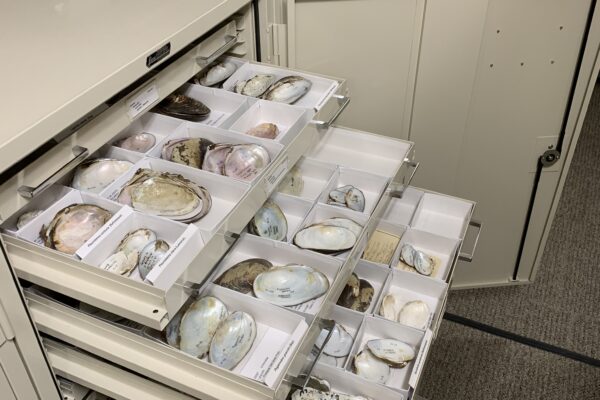
The Natural History Museum collections are available for scientific and research efforts, serve as an educational resource for conservation professionals, educators, and visitors, and help to promote a better understanding of specimens’ roles in their environment.
The Natural History Museum at the Tom Ridge Environmental Center (TREC) is a depository for natural history specimens collected primarily from northwest Pennsylvania with a special emphasis placed on species from Presque Isle State Park, in Erie, Pennsylvania. The collections include plants, fossils, mollusks, insects, fish, amphibians, reptiles, birds, and mammals.
To better understand an ecosystem and the specific species that are part of it, it is important to preserve species of flora and fauna from that system. The collections are available for scientific and research efforts, and serve as an educational resource for conservation professionals, educators, and visitors, and help to promote a better understanding of specimens’ roles in their environment.
The Natural History Museum also includes an important regional voucher collection which is used to support a host of research and educational projects. With the assistance of taxonomic experts from around the world, the collections include 3,196 species (12,029 collection objects): 1,989 insect species, 671 plant species, 77 mollusk species, 107 fish species, 24 amphibian species, 31 reptile species, 106 bird species, 13 crustacean species, and 32mammal species. These data were used to update the Presque Isle State Park Management Plan developed by the Pennsylvania Department of Conservation and Natural Resources. In addition, specimens are loaned out for educational purposes, including use by the Pennsylvania Department of Conservation and Natural Resources, the Regional Science Consortium, and in college biology courses. Plant data are now available online at the Mid-Atlantic Herbaria Consortium website.
Included in the Museum
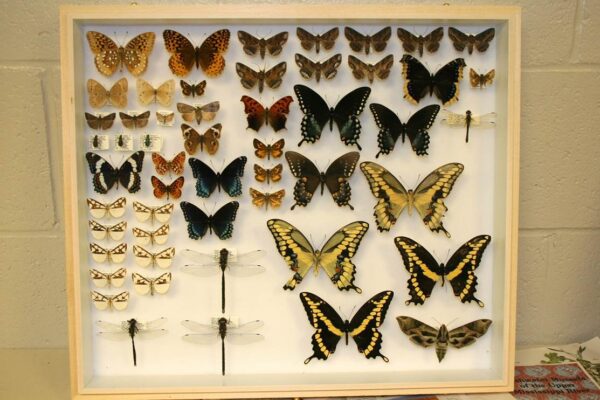
1,989 insect species
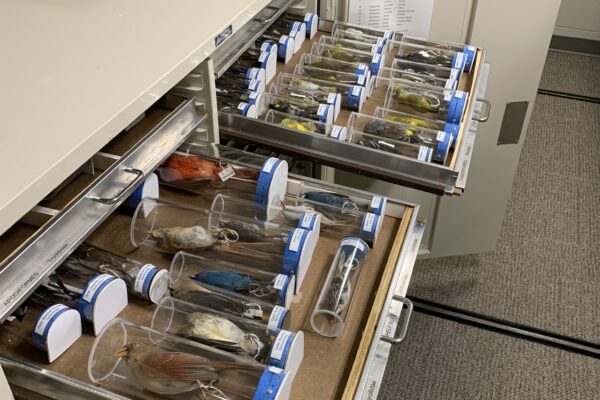
106 bird species
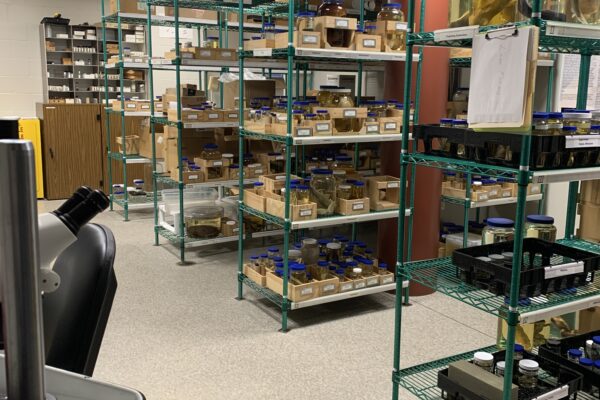
Over 12,000 objects
In the Community
Staff and volunteers occasionally take certain displays to public events, as an opportunity to reach individuals and help educate the community about the wildlife in their own back yards.
Mark Lethaby, museum curator, sees the value in outreach, “Taking some specimen displays out into the community is one way to help educate others, and it hopefully inspires them to want to learn more about wildlife and nature in the region. We are always gratified to dispel myths about wild animals and plants, and to see people react with fascination at the real facts about our native biodiversity.”
Mark and volunteers regularly participate in the Discover Presque Isle event, held annually at Presque Isle State Park in Erie, Pennsylvania.
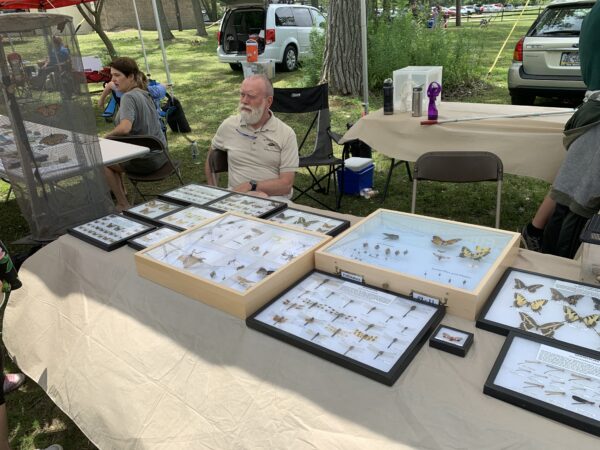
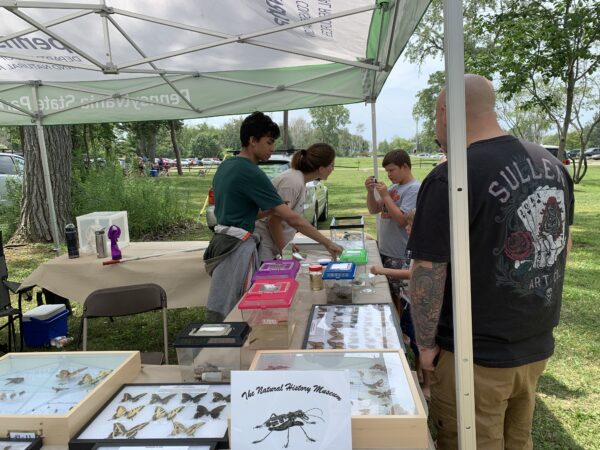
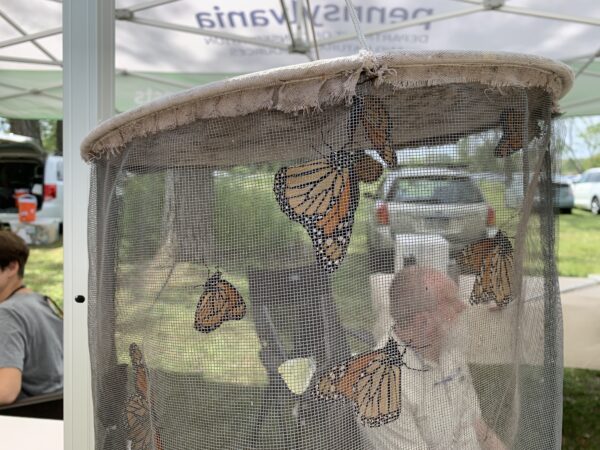
Contact

Mark Lethaby, Natural History Museum Curator, joined Pennsylvania Sea Grant in 2007. He has worked in fisheries research for the PA Fish & Boat Commission since 1990. His specific area of expertise is herpetology, and he has been involved with a number of herpetological projects, including the six-year Pennsylvania Herpetological Atlas Project, in which he served as regional coordinator. In this half-time position at the Natural History Museum, he is involved with a wide variety of conservation, research, and educational activities in association with DCNR, DEP, PFBC, local universities, and conservation organizations. He received his bachelor’s degree in Biology from Penn State Behrend.



